Microsoft will focus on desktops with UWP — here's why you should care
Instead of phones, Microsoft is going to re-message what Universal Windows Platform (UWP) means for the desktop. This is why the company may shift the way it talks about UWP.
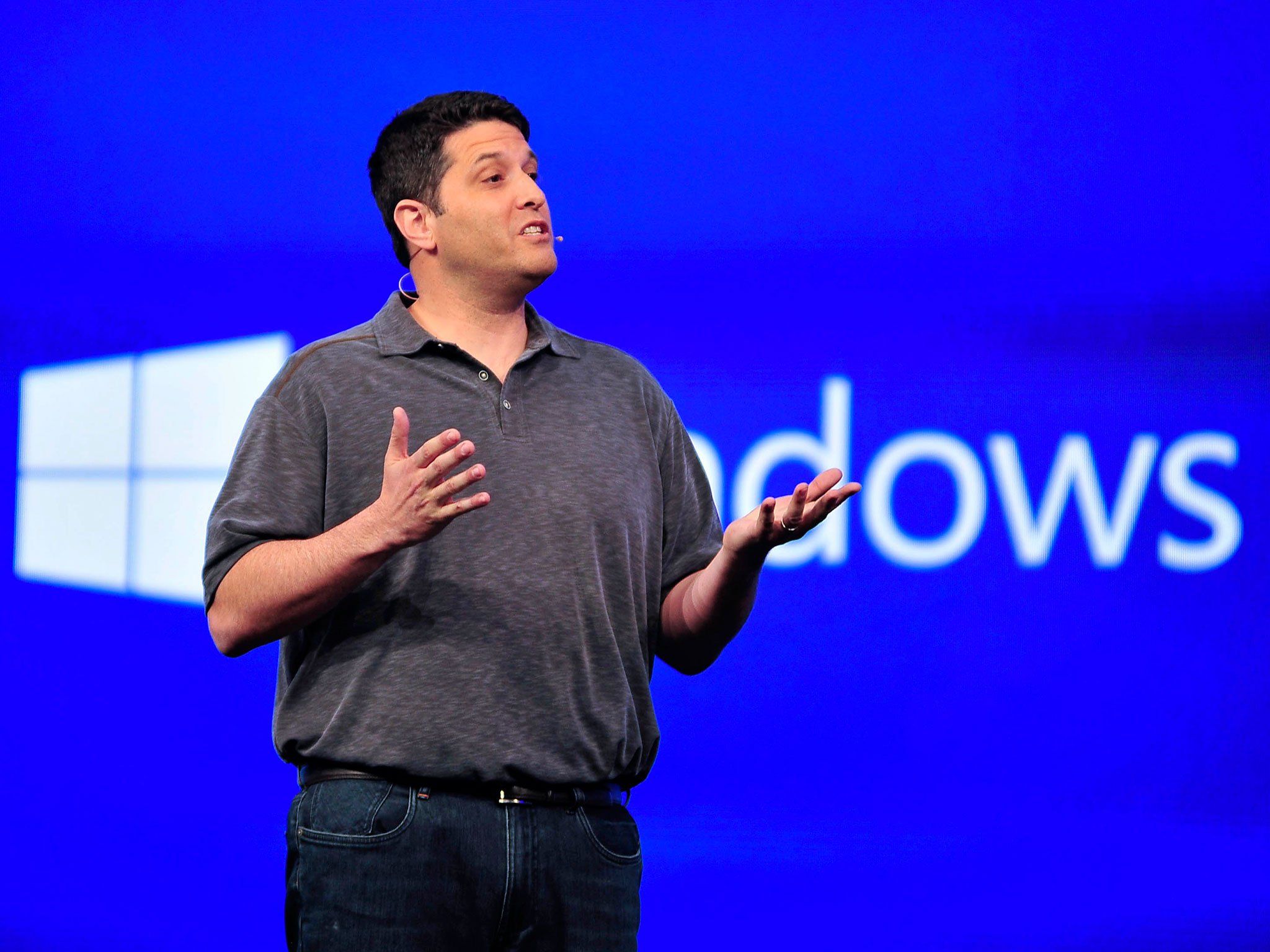
Microsoft's UWP is going to be a major focus at the forthcoming Build conference in two weeks. Expectations of new tools, improved Xamarin support, and cross-platform capabilities should be all at the forefront at the event.
Interestingly, Microsoft may change its messaging around UWP as well. With Windows 10 Mobile waning fast, here is why Microsoft could be looking to double down on the desktop.
Confusion about UWP
Microsoft's UWP has always created misunderstanding especially amongst consumers. Some have thought it meant that all apps built with the platform could just run anywhere – so the "universal" here is referring to the hardware endpoint.
That's not accurate, however.
Microsoft means "universal" to refer to the tools that let developers get their product to the Windows Store. That's why all apps listed in the Store are technically UWP yet not all of those apps can run on Mobile.
Universal also refers to non-consumer features like shared pricing structure, joint in-app purchases, the ability to install across multiple devices, and unified ad-units.
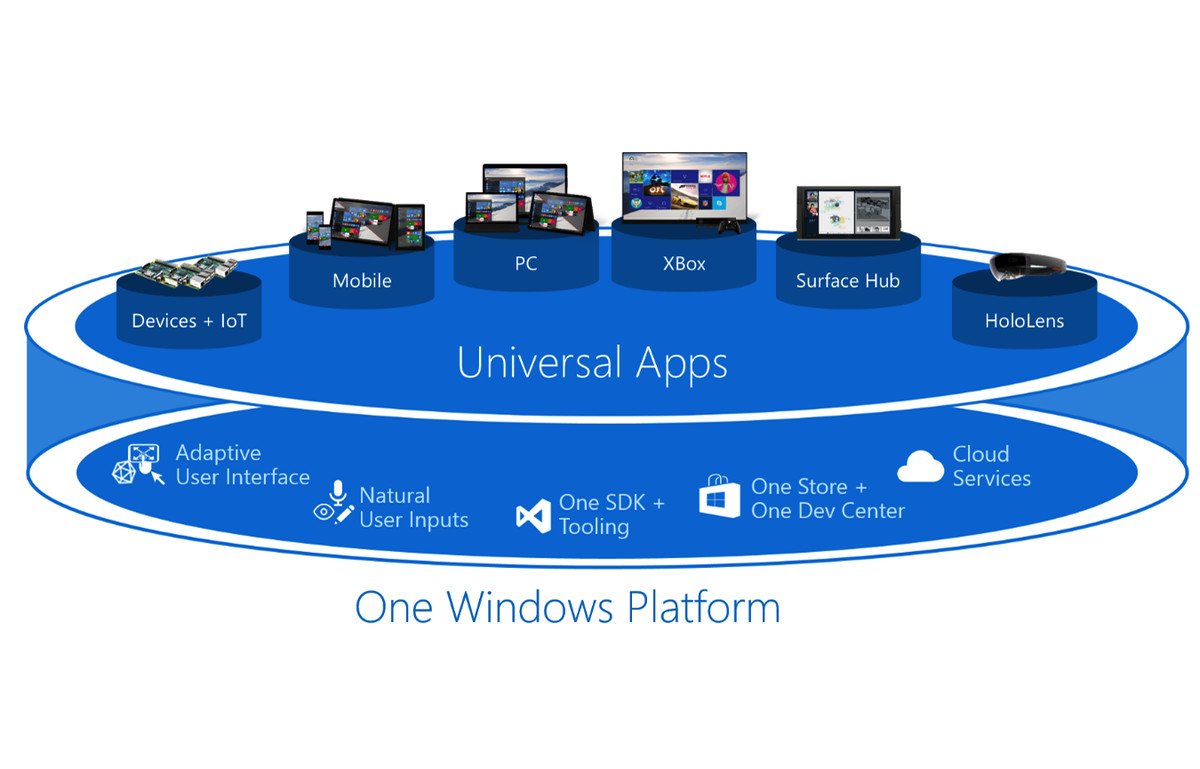
We can chalk this confusion up to Microsoft's bad naming and poor messaging. A familiar theme, no doubt.
Get the Windows Central Newsletter
All the latest news, reviews, and guides for Windows and Xbox diehards.
It's not just consumers though that are having a tough time understanding UWP – at least conceptually.
Some developers also believe that that UWP is for creating simple phone apps that can run on your PC and not the other way around. I've written about this before as the "app model" is very phone-centric. Developers see UWP in the light of Microsoft's biggest failure to date. That's not good.
- If not phones, Microsoft needs another device category to ensure Windows success
- Really, what is an 'app' on Windows? Microsoft's Universal App Model answers that question
Microsoft sees UWP as someday displacing Win32 apps a.k.a. "classic" desktop programs. That time is still far off, as UWP is nowhere near as powerful as Win32, but for Microsoft, the goal is to edge towards that reality.
Each year that UWP grows, more features are added, and that goal is within reach. But developers are still reluctant to embrace UWP partially because of the stigma – yes, stigma – of Windows 10 Mobile.
Pivot away from phones
Microsoft's Q3 2017 earnings report solidified the company's intent to move away from phones – at least for now.
Part of that distancing in the consumer space may help Windows 10 and UWP. Here's how.
Sources familiar with Microsoft's plans tell us that developers were more receptive to UWP once mobile – and specifically phones – was dropped from the sell.
That result may seem surprising, but if UWP is meant to be a long-term replacement for Win32, having it appear analogous to tweaked phone apps is not the way to do it. And evidently that is the current perception: UWP creates phone apps for your PC.
Microsoft believes for UWP to be successful it needs to do a few things:
- Win on the PC and desktop first.
- Demonstrate how it will be better than Win32.
- Convince developers that these are not just phone apps.
The first point about "winning" on the desktop refers to having successful apps and games appear in the Windows Store. Developers and consumers need to shift their perception of the Store from a collection of applets with semi-functionality of full desktop apps to true desktop alternatives.
Adobe Photoshop Elements 15, which uses the Project Centennial Bridge, is one example. Another is the recently released djay Pro, which was ported over from iOS using the Project Islandwood Bridge.
For gaming, high profile releases like Fallout Shelter, Minecraft, and Resident Evil 7: Biohazard represent what UWP is supposed to do.
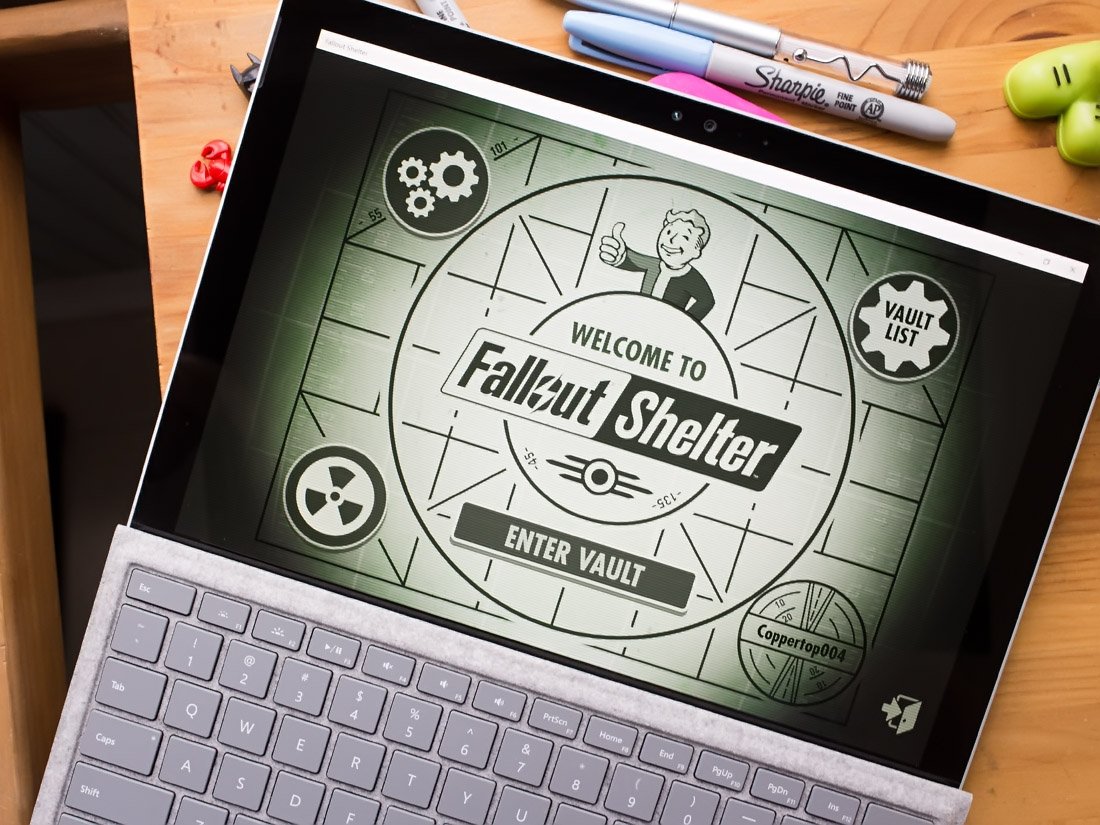
UWP needs those types of releases for developers and consumers to see value in the platform and Store.
Those software achievements mentioned above demonstrate the power of UWP when done correctly.
The app djay Pro is a massively complicated release with support for location-aware Surface Dial functionality, complex UI elements, timed audio synchronicity and more. The company behind the Windows 10 version of djay Pro gushed about how amazing it was to be able to bring their app – no limitations – to Windows 10 without having to hire a whole new team.
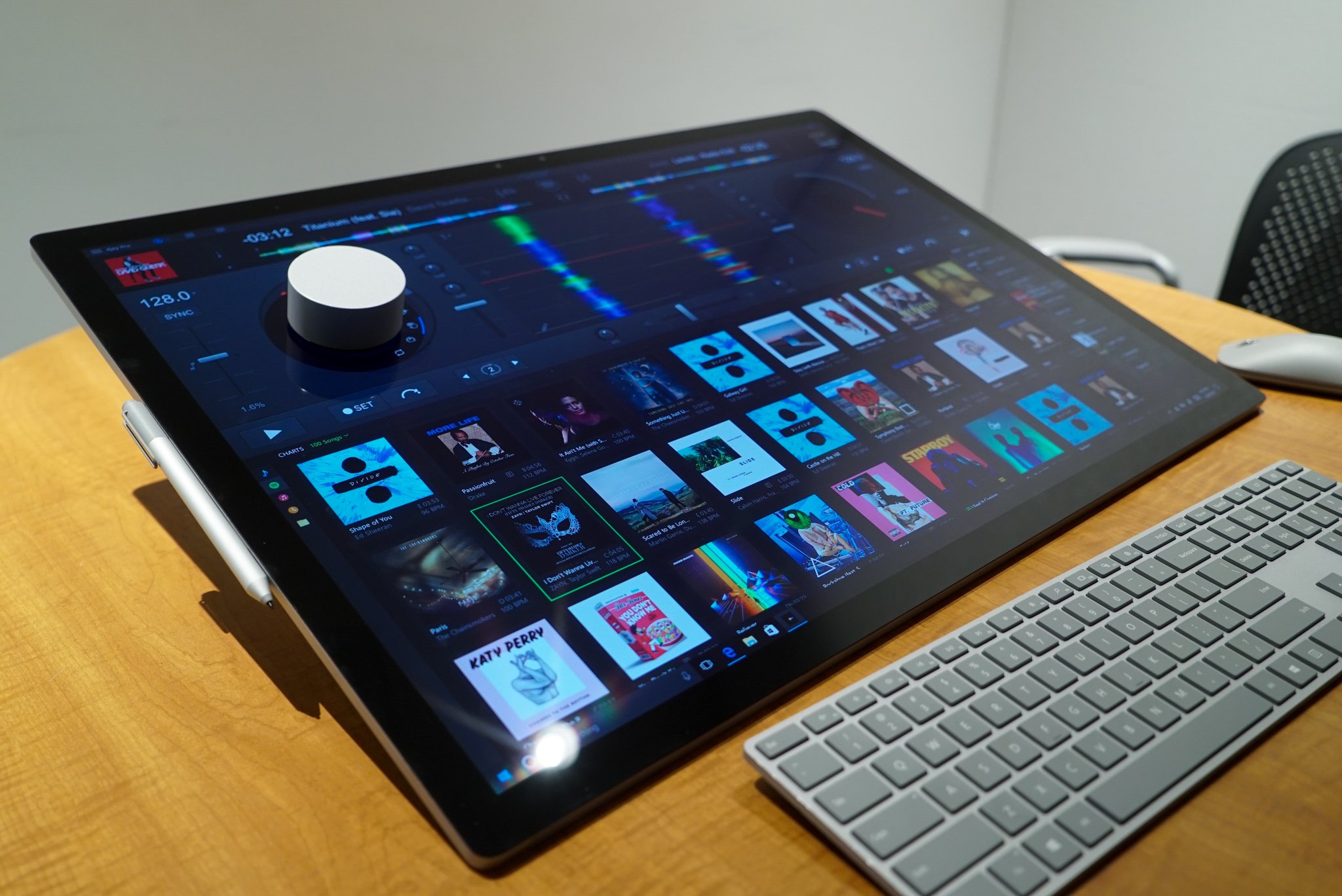
These are the kind of stories Microsoft wants to highlight, and my gut tells me you'll see the company heavily promote such releases at BUILD and in advertising.
Succeed on the PC, then go to Mobile
If you think about it, the whole concept of UWP did come across as backward for developers. Windows phone was never a lucrative investment for developers despite Nokia doing their darndest to get it there.
It's the old "putting the cart before the horse" scenario, and it's biting Microsoft hard.
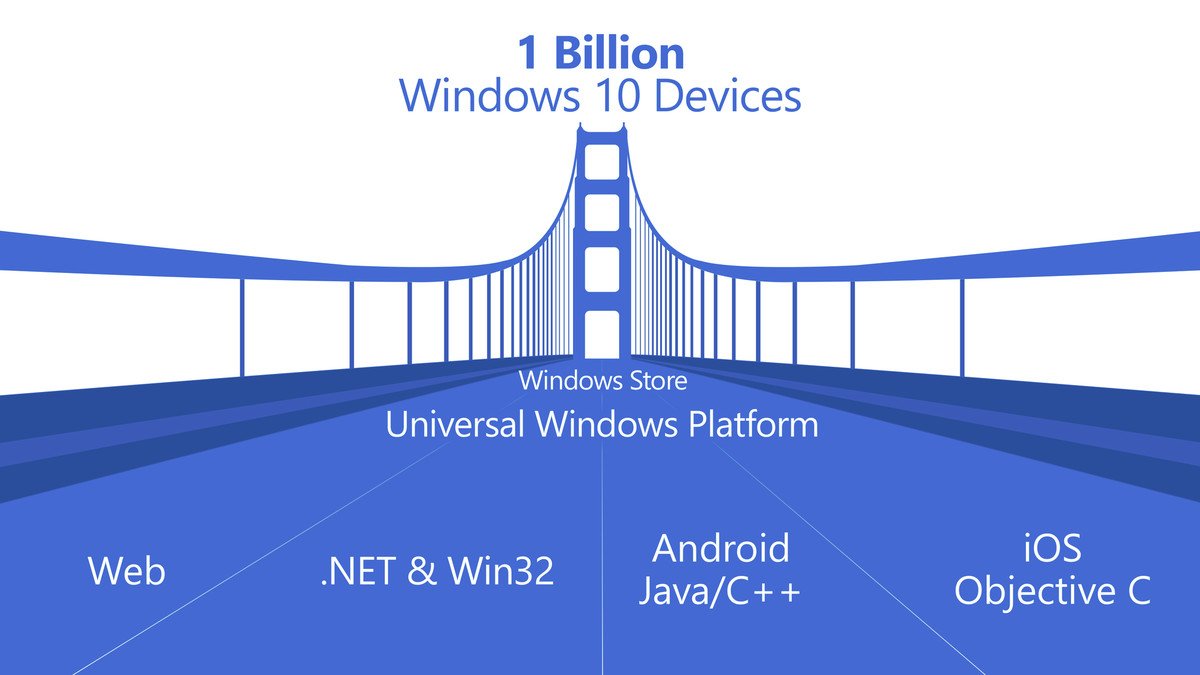
If, however, Microsoft can distance themselves for phones and make UWP successful on desktop things shift. Now, the model looks like you are taking powerful and robust desktop applications and magically getting them to run on mobile devices. Technically, that was always the truth, but it's an easier sell to everyone once you prove it.
This strategy is not speculation, either. Microsoft is going to position UWP first and foremost as an actual desktop development system for high-end games and apps going forward. This attempt is one reason why Phone is being deprecated for now.
If UWP can't be successful on the PC, Xbox, Mixed Reality, etc. it has no hope for mobile either.
This rationale differs from what I previously argued, which is UWP cannot succeed with phones. While Microsoft would be in a much better position had they not ineptly destroyed their phone business for the fourth time in a decade the situation is so bad that it was negatively affecting Windows 10 and UWP.
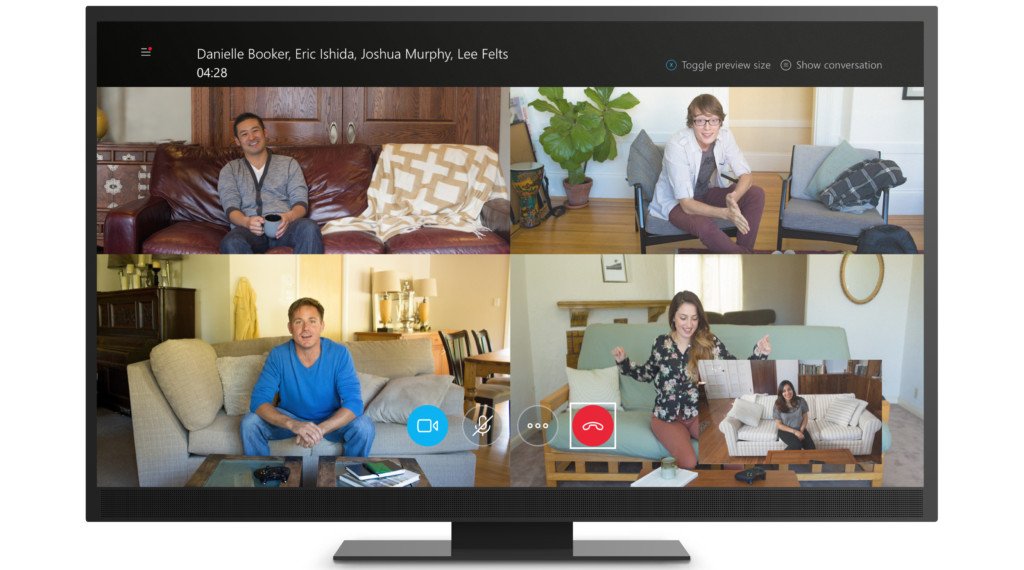
All of this, however, is just more unwelcome news for fans of Windows phones. Counterintuitively, instead of putting all their might behind the phone market, it is going to put all their effort into the desktop, tablets, Windows Mixed Reality, IoT, and other platforms. Bring on as many developers into the (currently) successful part of the business and then slowly bring back mobile once they have the hardware is ready and the apps are there for consumers.
As every analyst knows, even if Microsoft released a killer "Surface phone" tomorrow with mind-boggling innovation and design it still has the app-gap problem. It'll just fail. Microsoft needs to solve that, but they are not going to do it by releasing a dead-end phone. Instead, they will put all their effort into making UWP as powerful and as successful as they can and come back to a new device category once the all the pieces are in place.
Microsoft's new push into education is the right move — at the right time
None of this is really good news, but at this time I can't think of another approach either. Microsoft 100 percent needs UWP to succeed for the future of Windows.
Finally, creating more device categories and markets is important. Microsoft's announcement on May 2 will prove the company is serious about entering new segments like education with its full might. Doing so will also greatly benefit developers and the UWP model.

Daniel Rubino is the Editor-in-chief of Windows Central. He is also the head reviewer, podcast co-host, and analyst. He has been covering Microsoft since 2007 when this site was called WMExperts (and later Windows Phone Central). His interests include Windows, laptops, next-gen computing, and wearable tech. He has reviewed laptops for over 10 years and is particularly fond of 2-in-1 convertibles, Arm64 processors, new form factors, and thin-and-light PCs. Before all this tech stuff, he worked on a Ph.D. in linguistics, performed polysomnographs in NYC, and was a motion-picture operator for 17 years.
